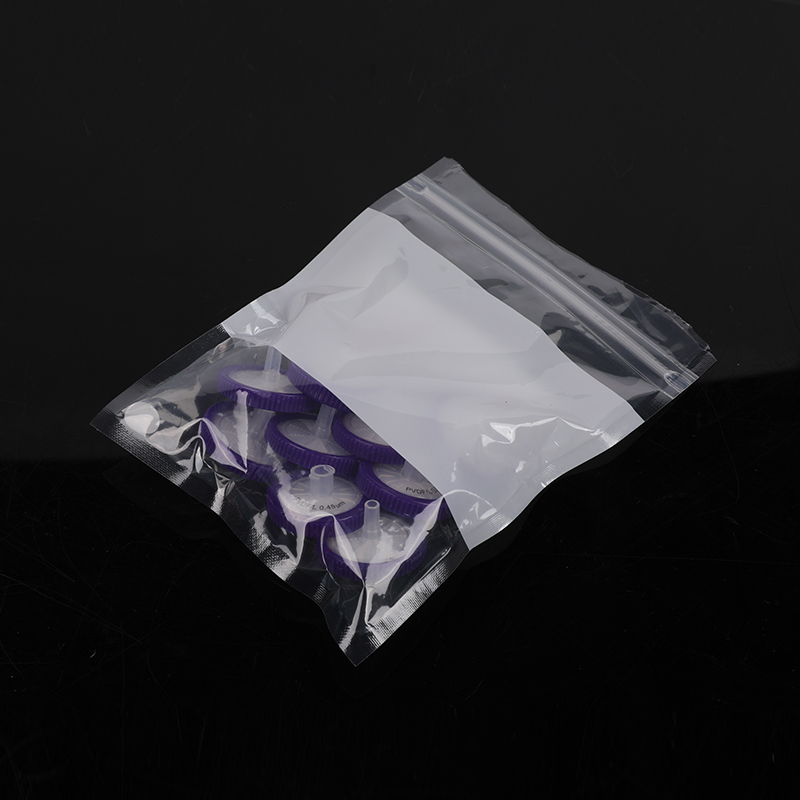When selecting a clarification syringe filter, several key parameters need to be carefully considered to ensure optimal filtration performance:
Pore Size: The pore size of the syringe filter determines the size of particles that can pass through the filter. It is essential to choose a pore size appropriate for the specific application. If the particles to be filtered are large, a filter with a larger pore size should be selected. Conversely, for fine filtration or removing smaller particles, a filter with a smaller pore size is more suitable.
Membrane Material: Syringe filters are available in various membrane materials, each designed for specific applications. Common membrane materials include cellulose acetate, polyethersulfone (PES), polytetrafluoroethylene (PTFE), nylon, and polyvinylidene fluoride (PVDF). The choice of membrane material depends on factors such as chemical compatibility, hydrophobic or hydrophilic nature of the sample, and the presence of aggressive solvents or chemicals.

Filter Diameter: Syringe filters come in different diameters, such as 13 mm, 25 mm, and 30 mm. The filter diameter is selected based on the volume of the sample to be filtered and the flow rate required. Larger diameter filters are generally used for higher sample volumes to minimize clogging and to speed up the filtration process.
Compatibility: Ensure that the syringe filter is compatible with the solvent or liquid being filtered. Some filters may not be suitable for certain solvents or may interact with specific chemicals, leading to contamination or degradation of the sample.
Filtration Speed: The filtration speed of a syringe filter can vary based on its pore size, membrane material, and filter diameter. Consider the desired flow rate to determine the most appropriate filter for the application, keeping in mind that a faster filtration rate may result in lower retention efficiency for certain particles.
Sample Volume: The volume of the sample to be filtered is a crucial factor in selecting the right syringe filter. Choose a filter with an adequate capacity to handle the entire sample without clogging or compromising the filtration efficiency.
Sterility: Depending on the application, it may be essential to use sterile syringe filters to maintain the integrity and purity of the filtered sample. Ensure the selected filter meets the required sterility standards.
Compatibility with Syringe Type: Confirm that the syringe filter is compatible with the type of syringe being used for filtration. Different syringe filters may be designed for luer-lock or luer-slip syringes.
By carefully considering these key parameters, scientists and researchers can choose the most suitable clarification syringe filter for their specific application, ensuring efficient and reliable sample purification and preparation.

 English
English 中文简体
中文简体













